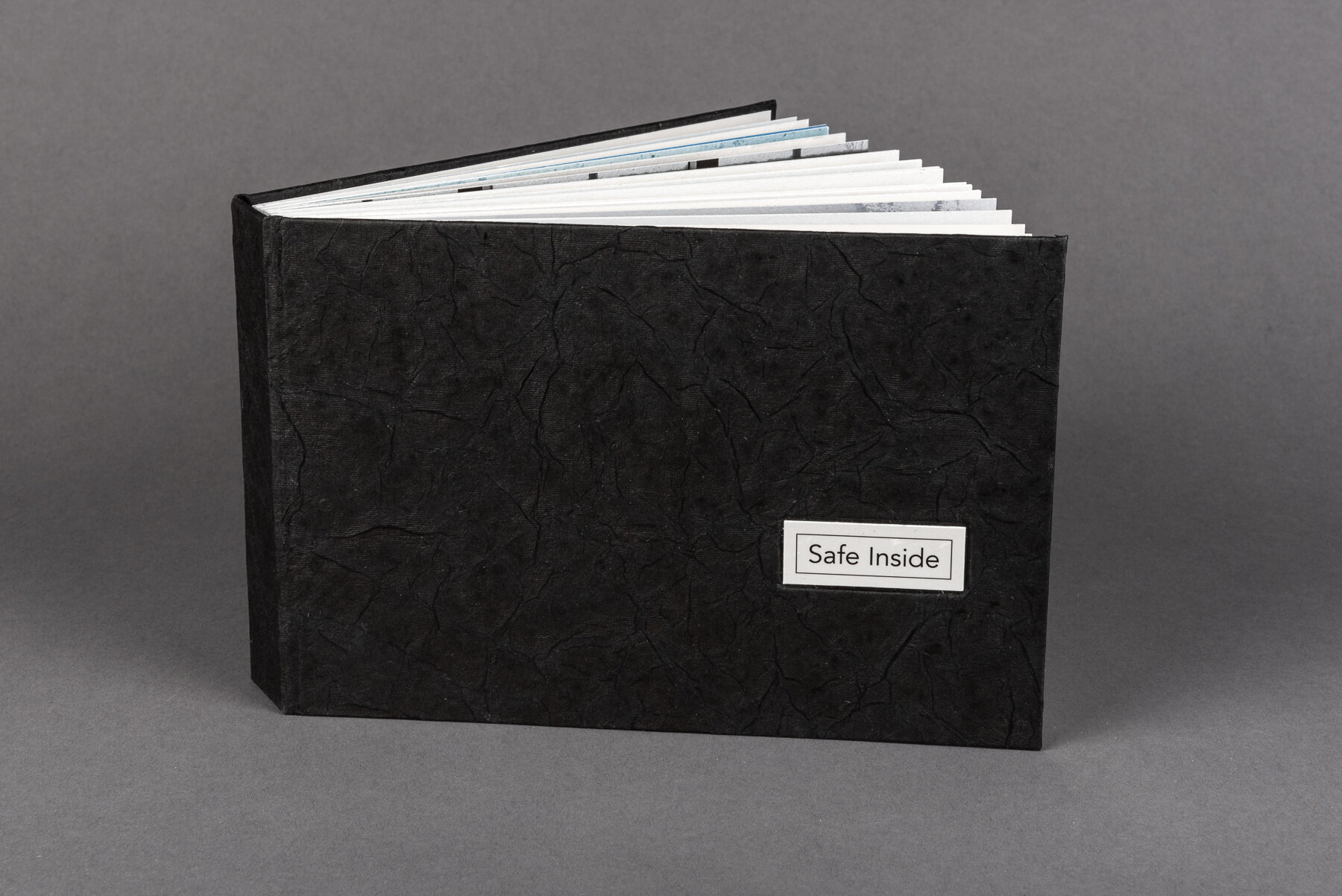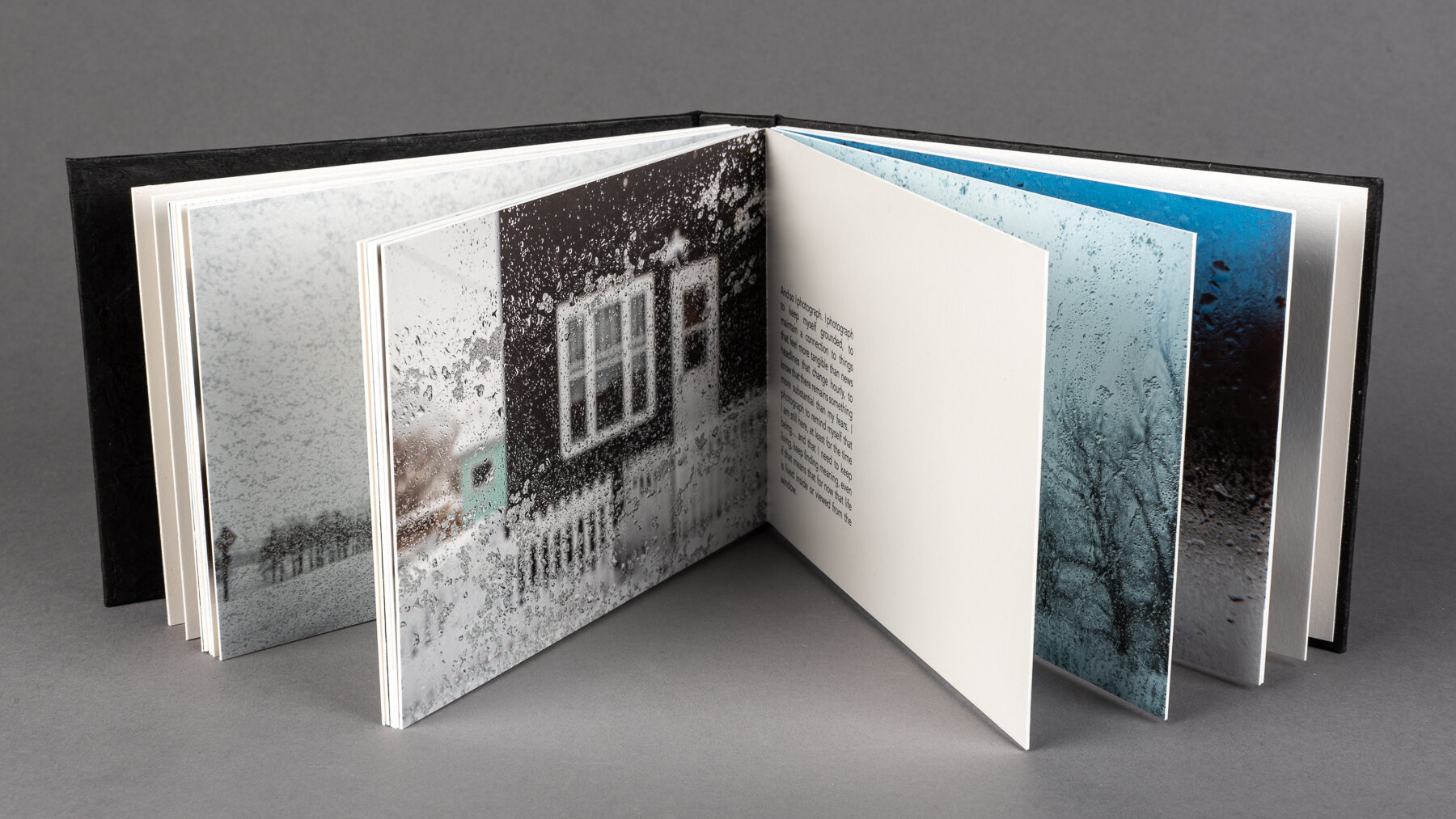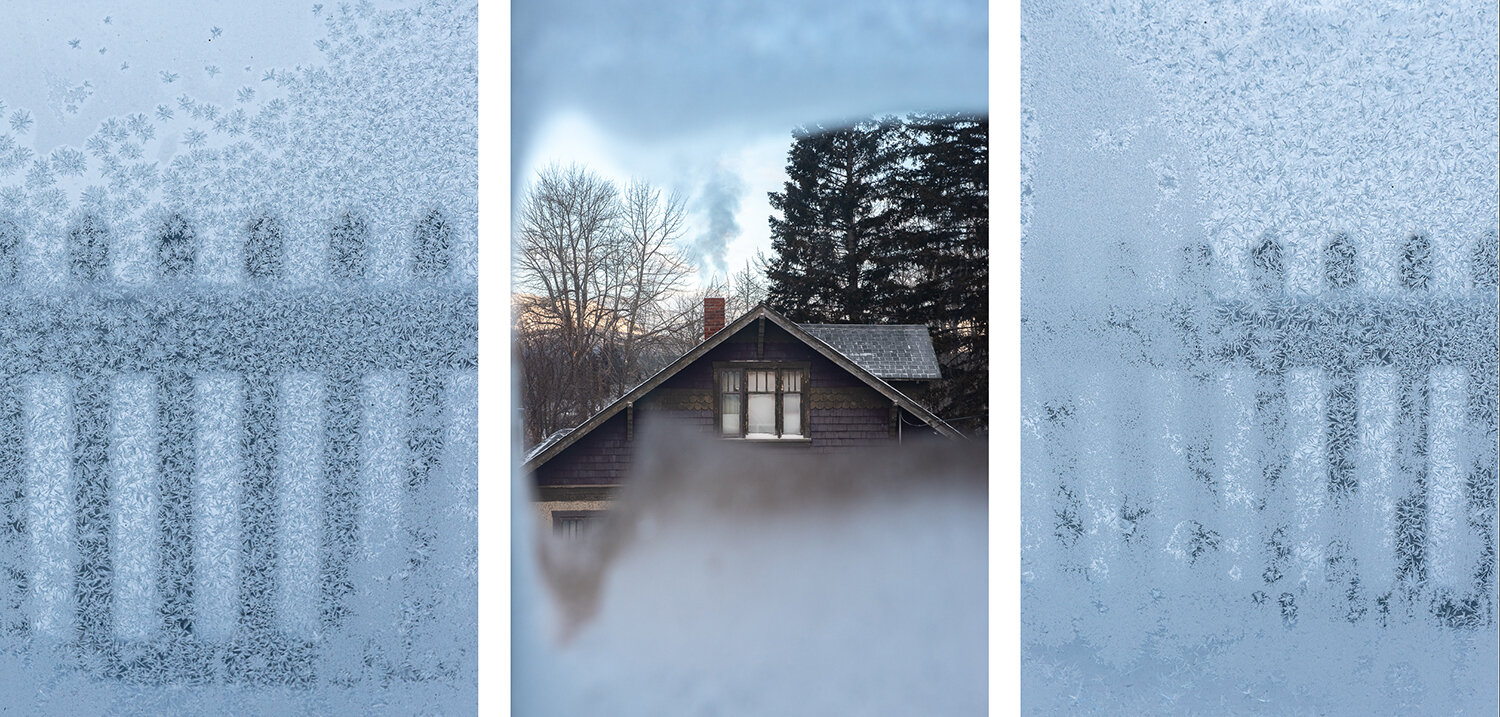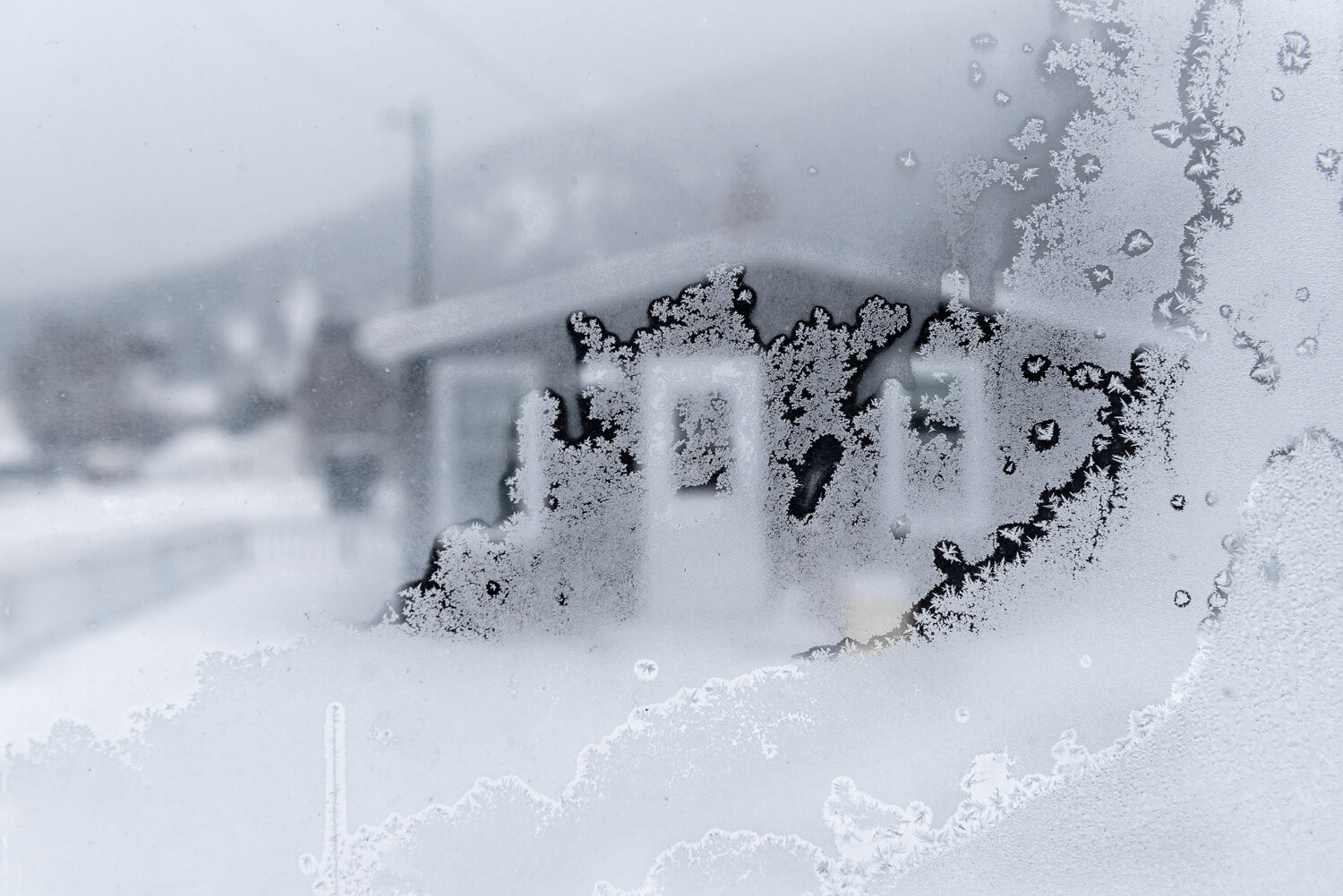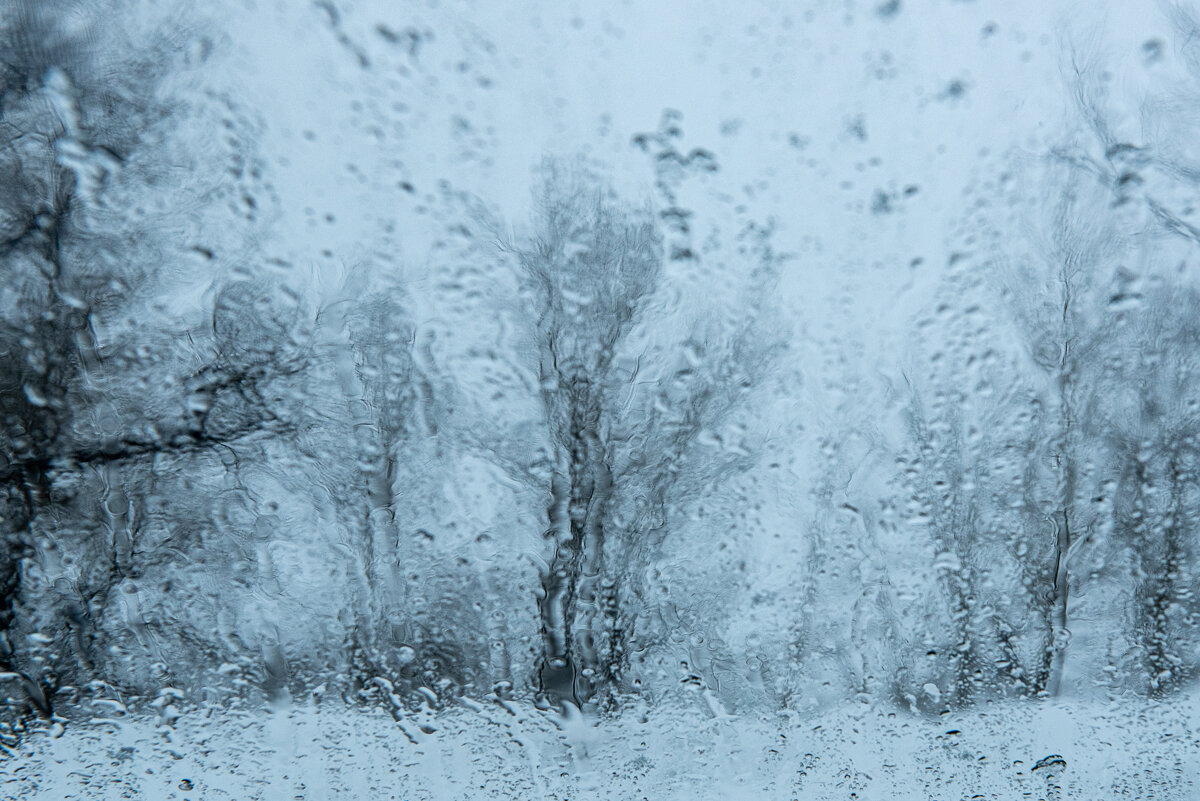It all started with the masks. We thought they’d be with us a short while, but two years into the pandemic, here we are: a sea of anonymous faces hidden in a sea of blue.
And so I decided that I needed to know what that shade of blue was called, because it must have a name, right? I visited several hardware stores, and collected the paint chips that most closely matched face mask blue. The names were things like Sea of Tranquility, Pool Party, Paris Runway, Yeah Baby… things that felt nothing like these strange and isolated times we’ve been living through. They felt like some vaguely remembered glimpse of the world we lost in the time before the masks.
And so I had to do something. Or two things, really: I made a photograph, and then made a book (photos of the book are below, as well as in the Book Arts section of the website). We need to do what we can to make sense of these strange times, all the stranger for the length of time they’ve gone on, and for our inability to know when they may eventually end.
And no, in case you’re wondering, I did NOT actually paint my walls face mask blue. Even if being a sea of tranquility or at a pool party would be lovely right now, somehow I know the the color alone won’t get me there… and I see plenty of this color everywhere I go. It covers my face, and those of most other people. The walls would just be too much.





